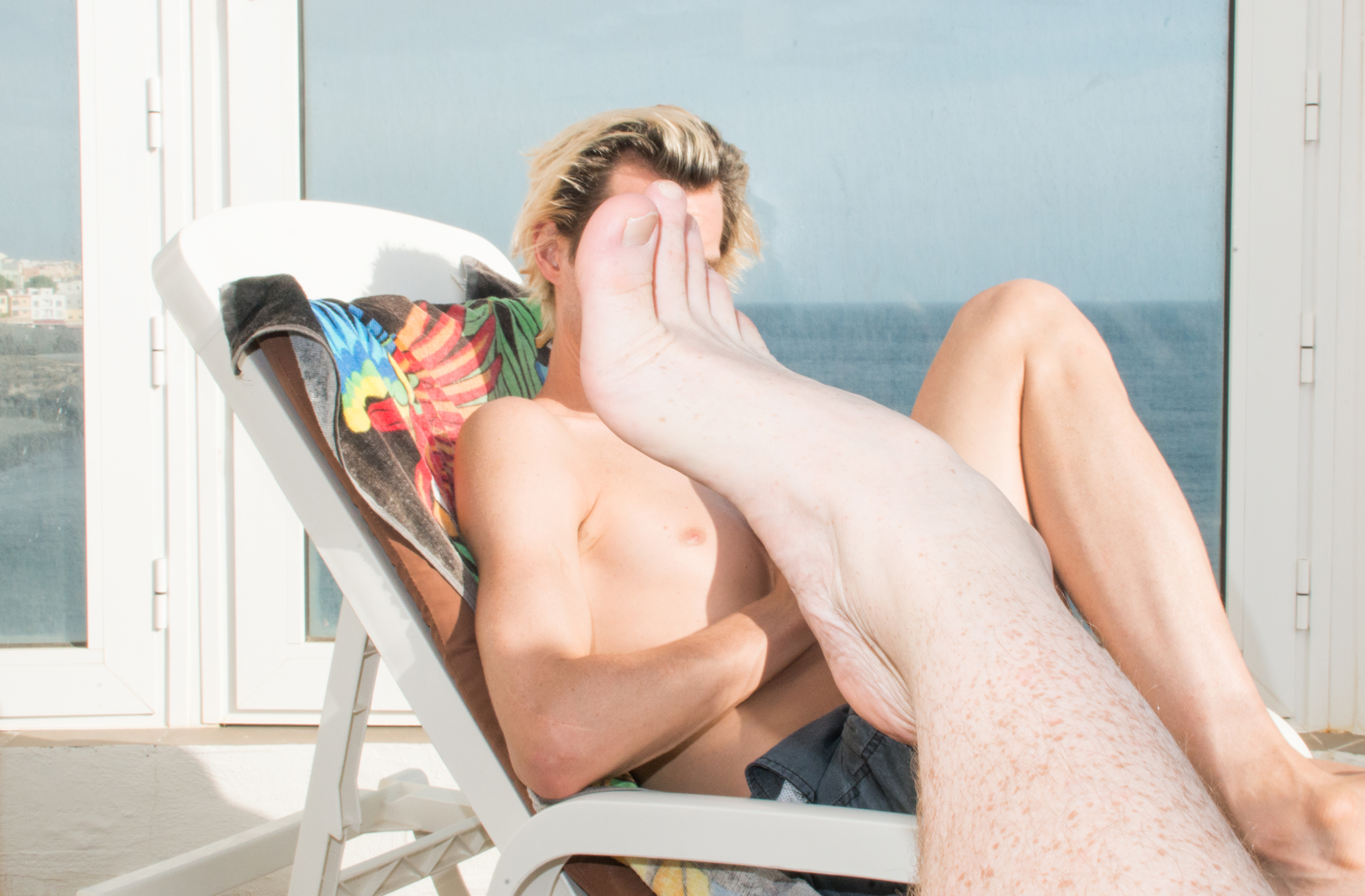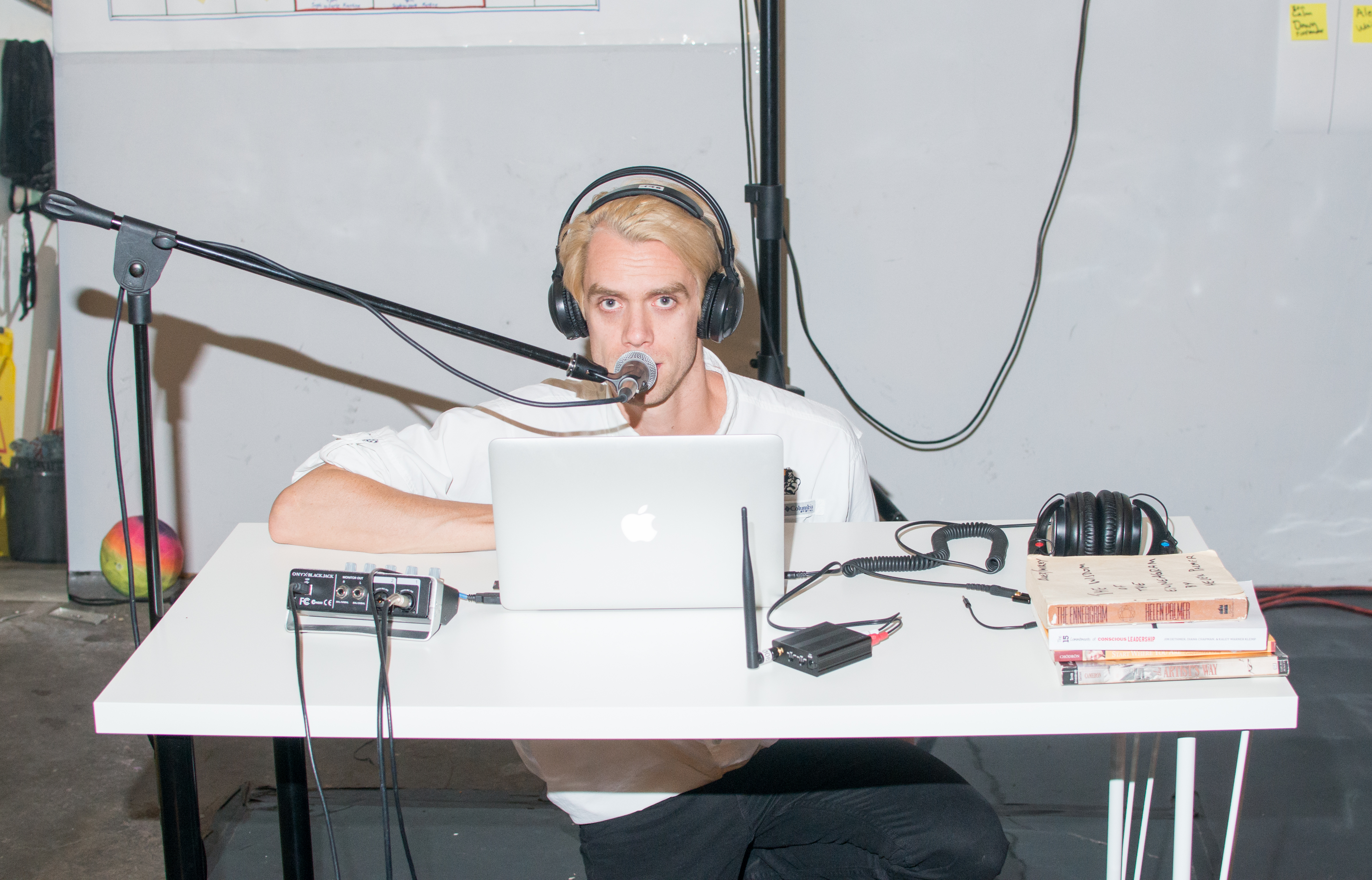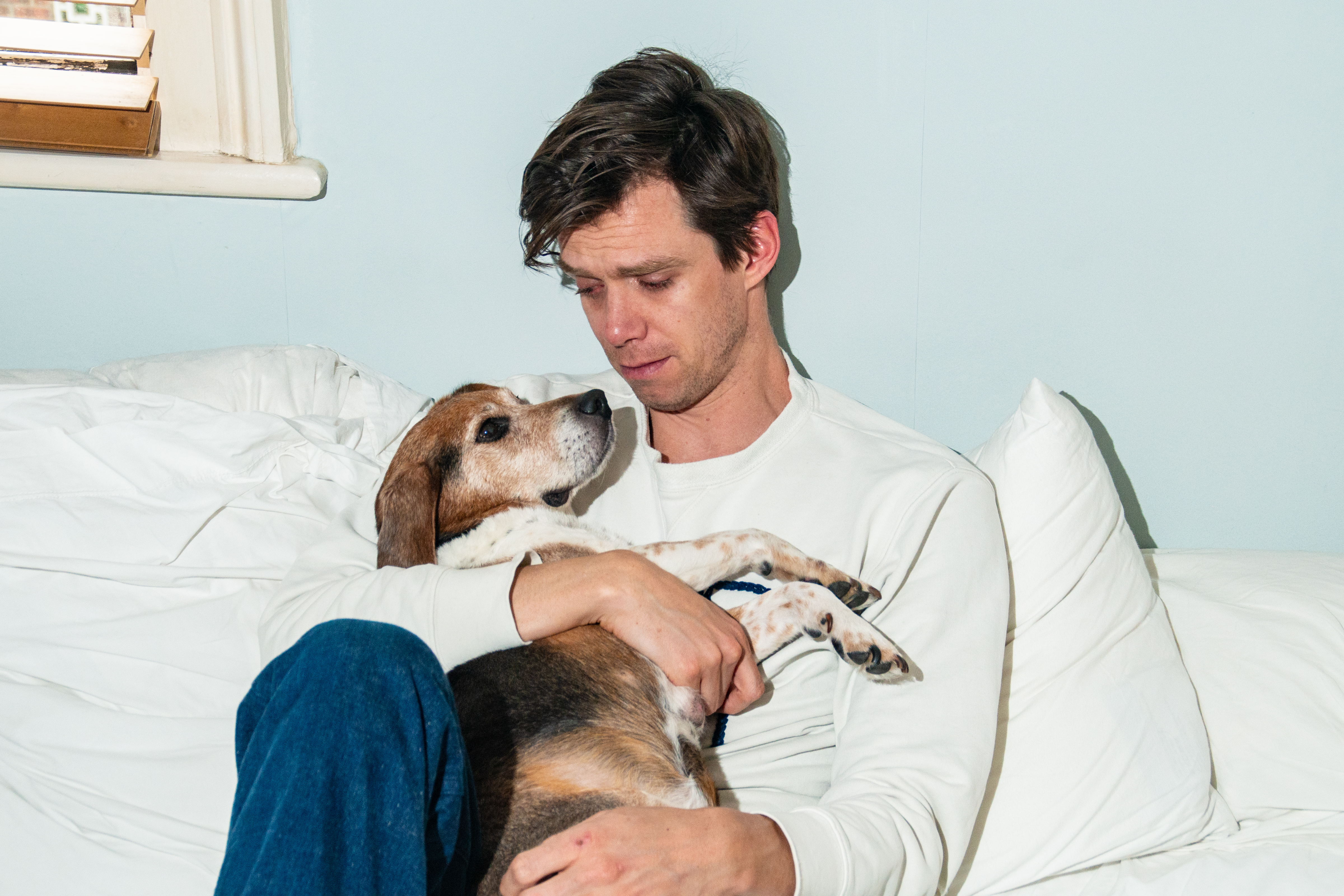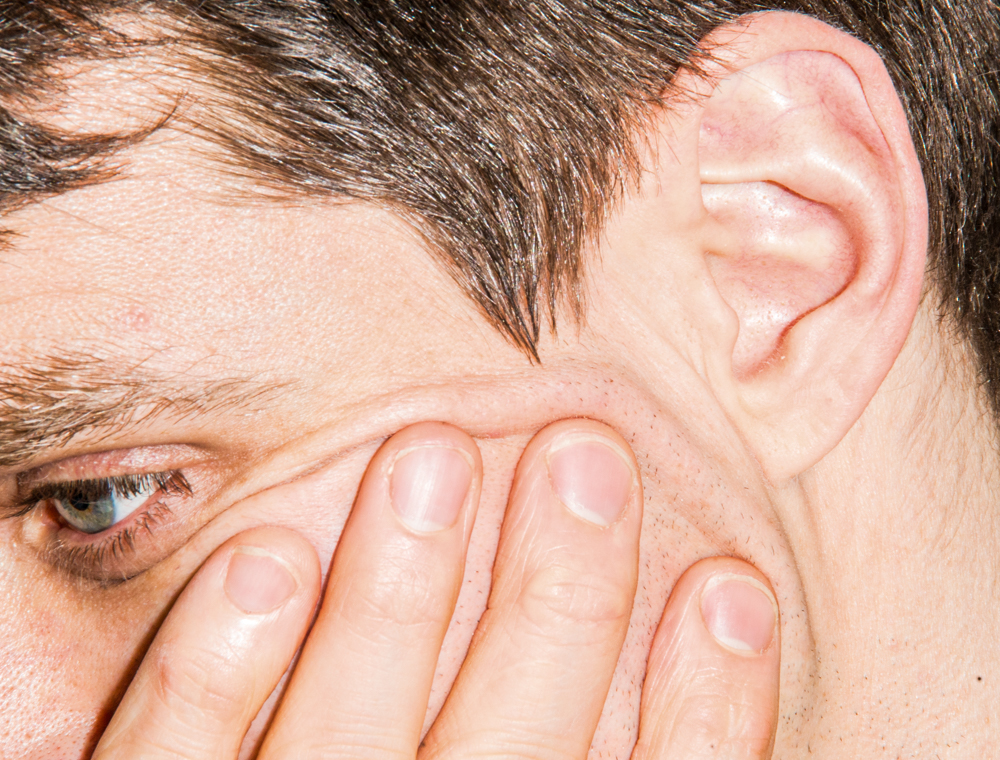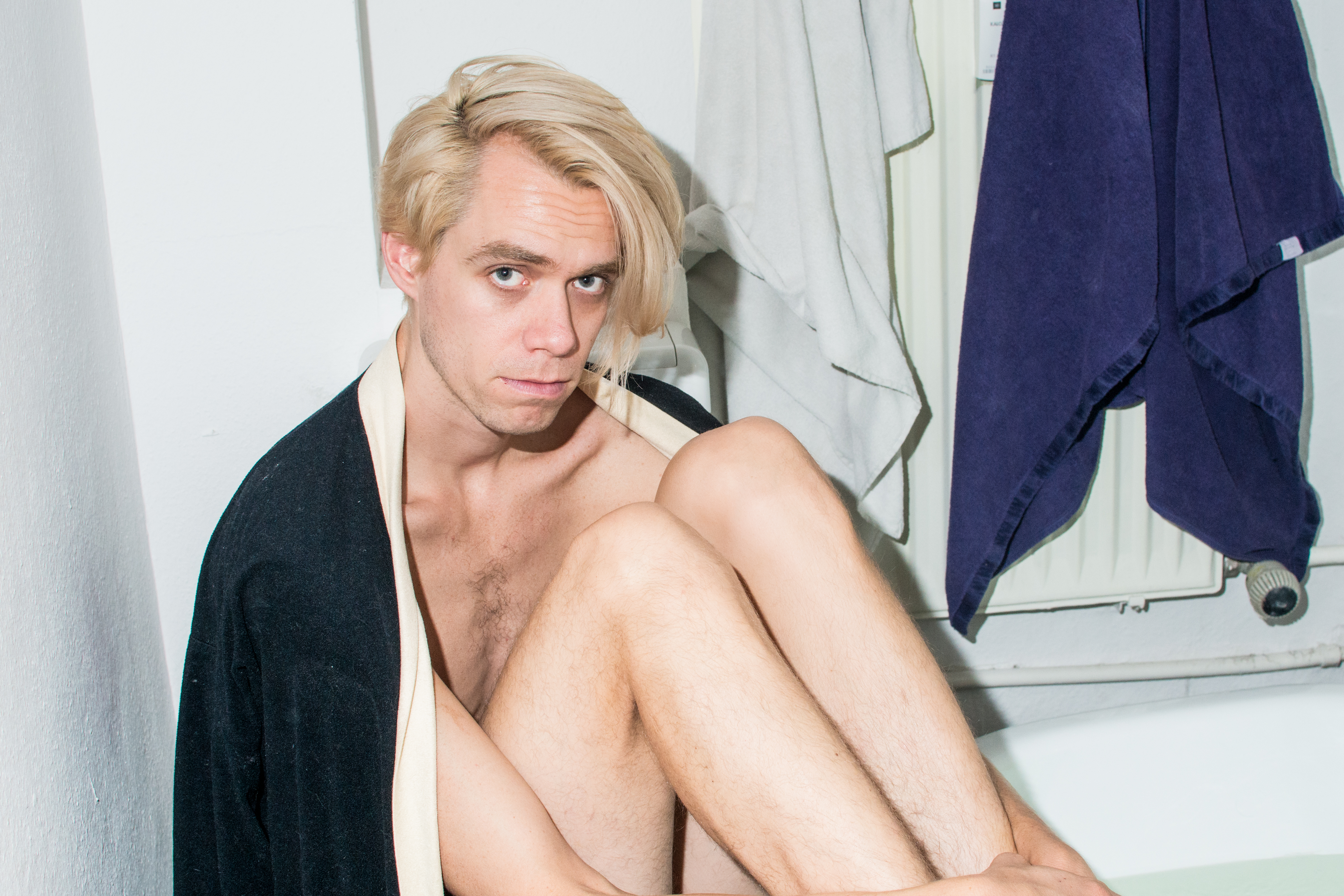
Photographer Alexander Coggin has been documenting his relationship, capturing his partner, Michael, in candid moments. Showering, studying, waiting for an Uber, having a panic attack – here is Michael, over 15 years, seen through an intimate lens.
‘Michael bought me my first camera 15 years ago,’ says Coggin. ‘As someone I was in a relationship with, he was a natural subject for me as I began to understand the camera as a device of documentation. Our dynamic – me as photographer, he as subject – started casually. Luckily, Michael was a natural subject – he doesn’t change his behaviour or even expression as I point the camera at him. It was only after photographing literally hundreds of subjects since then that I realised what a rare and elusive quality this is.’
‘Mike’ by Alexander Coggins, an ode to queer love

The archive spans decades and cities; although there is no common theme, the images are united by a spontaneity. ‘I keep my camera close to me at all times. Visual coincidences and specific, telling moments can appear at any time and are usually not lengthy visitors. I can’t point to a common theme between these photographs, save the subject. In all of these works, Michael vibrates so differently shot-to-shot – sometimes possessing a soft femininity, sometimes channelling something more masculine. I’m always trying to catch people between emotions.’
Coggin draws on his training in the theatre to unite disparate elements, bringing a strong sense of character to the abstract moments that make a life. ‘How can I fit all the things a person can be on stage into the concrete photographic frame? Putting all of these moments together in this archive helps me broaden the definition of this character.’
Now, the archive, titled Mike, triggers an avalanche of memories for Coggins who can say where, when and why every photograph was taken.

Eternalising the mundane moments that make up a long relationship is a romantic tribute – was this the intention? ‘Not consciously while making these portraits. In my work, I constantly strive to lift the everyday into a more magical space – whether through photographing still-lifes, other subjects or strangers. Michael is also a victim of that methodology. Seeing someone age, graduating to a form that is twink-adjacent, is incredibly romantic. Being able to assess someone’s physical evolution over 300-plus images and 15 years is incredible and a gift I never thought I would have for myself.

‘As the Greek philosopher Herclitus famously stated – the only constant in life is change. This is something that I have understood on a cerebral level but assessing this archive has cemented this [knowledge] on a cellular level. We’ve been together a long time, and I think part of that can be attributed to the dedicated idea that we are both un-fixed people and prone to change. We’re having a baby next year with a (queer) surrogate and (also queer, separate) egg donor. In assessing this archive of a partner, I also look for clues of this person as a parent. What would his genetic offspring look like? What kind of father will he be? I use this archive as a tool for assessing our past, understanding our present, and predicting our future.’


